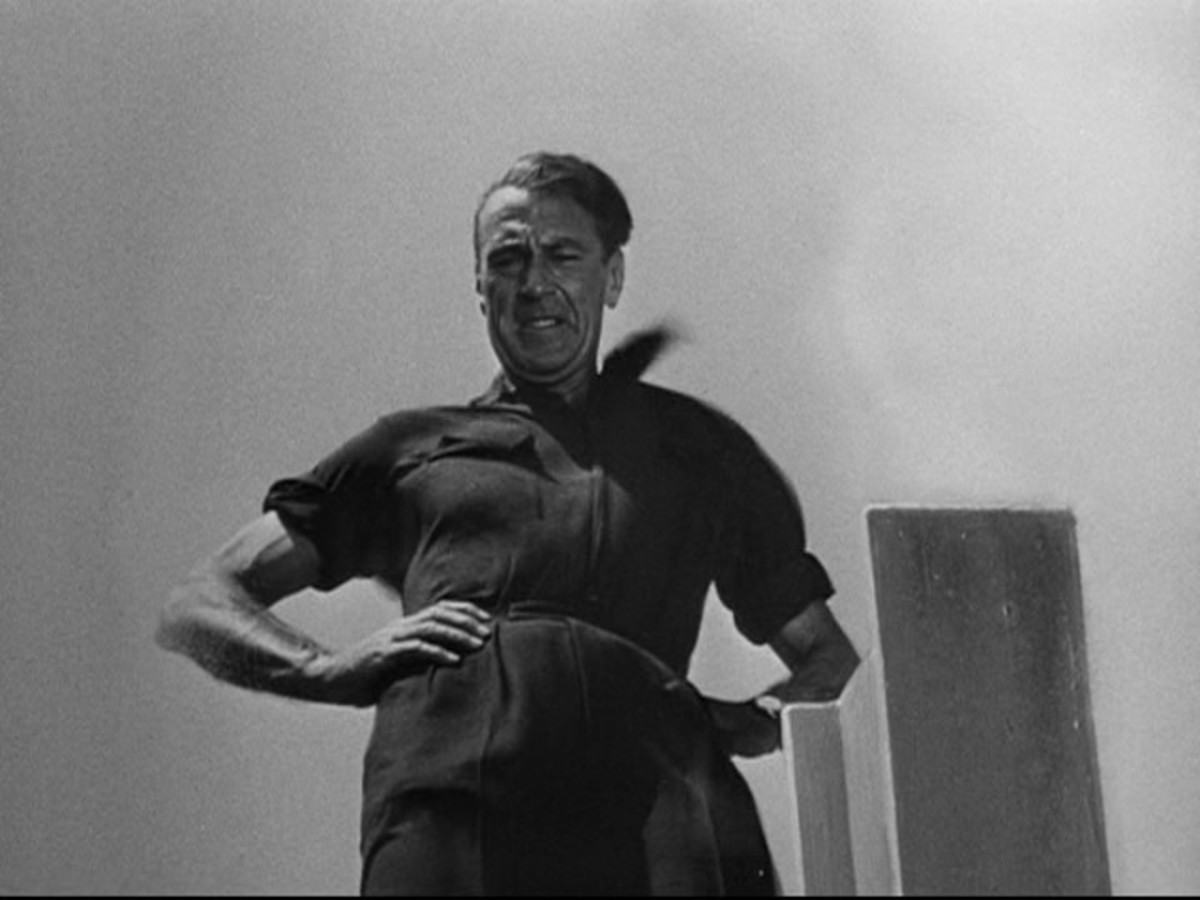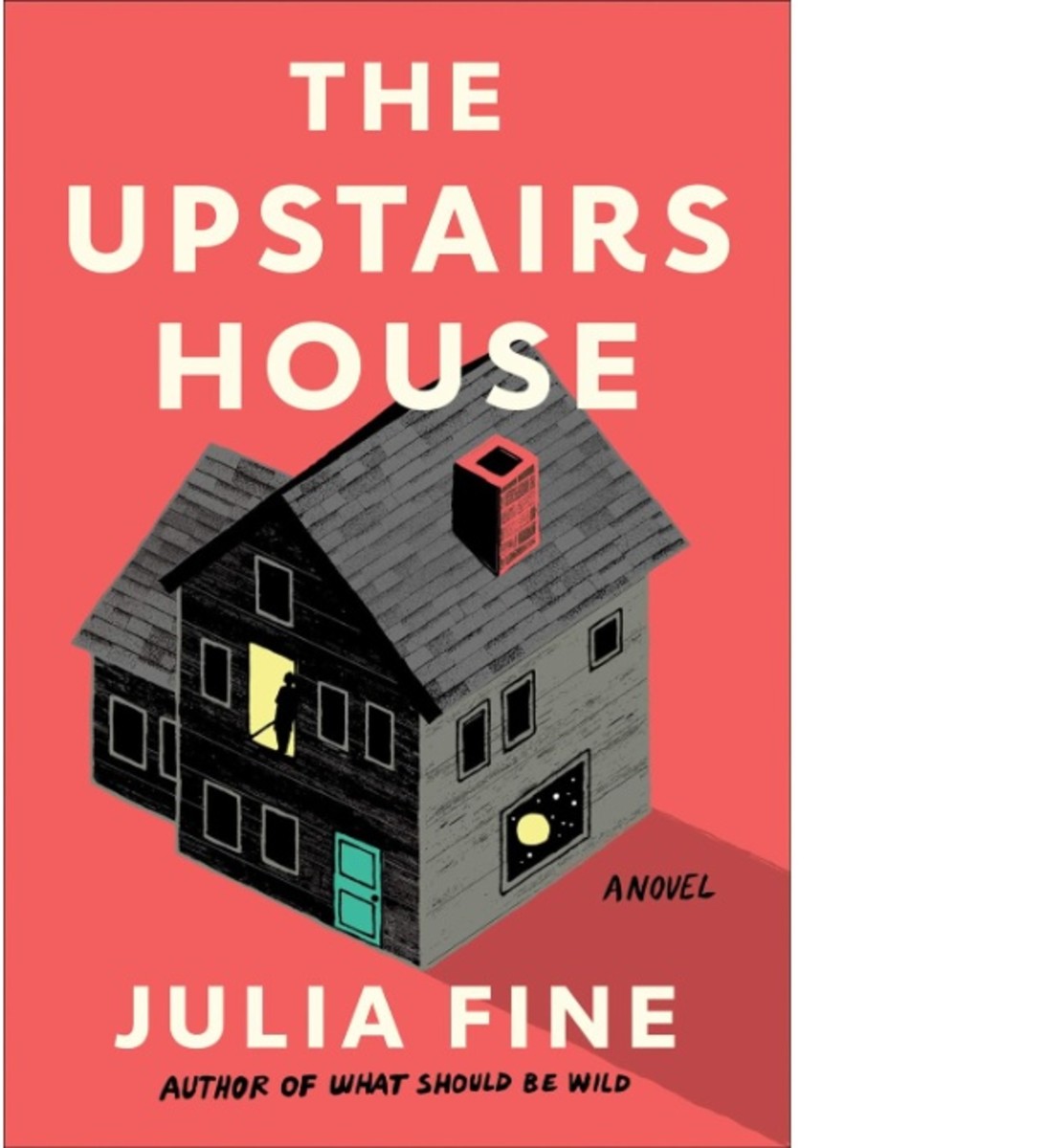Ayn Rand's 'The Fountainhead'- What is It All About Anyway?
What's 'The Fountainhead' About? Why Is My School Making Me Read It?
So, you have to read 'The Fountainhead' and learn about the ideologies of the famous Ayn Rand. It sounds pretty boring, it seems like it will take forever to read, and it's just another notch on your bedpost of useless things to do for school. However, if you do decide to read it, or even watch the old black and white movie, you just might find Rand's story interesting and fairly entertaining.
The Fountainhead is a brilliant novel about individuality. Ayn Rand creates a character, Howard Roark, who is an uncompromising architect with poignant vision and unscrupulous integrity. Roark represents an idea, and like all other things in the world everything starts with an idea. Some ideas are more important than others, and if a unique and very ‘important’ idea could be personified, Howard Roark would bring to life the personification. Roark lived by a theory. He believed that just as one of his own designs or buildings could not borrow another’s shape, one person could not borrow the soul of another. Each man must serve his own purpose according to Roark. Rand’s novel weaves a phenomenal individualistic theme through a fairly cliché, typical Hollywood story, inclusive of plenty of conflicts and a love triangle. The difference is that unlike other popular romances, every cliché and every ‘scene’ in the Fountainhead has a deep philosophical meaning which has been entirely too overthought during that past seventy years. In one part of the story, Howard Roark breaks the law by blowing up a building that was changed from his original design, because his moral and philosophical values were compromised. He feels no guilt, no shame and no regret because he set his own standards and he was true to his own form. Roark believed in his own personal value, vision, creativity and the right to own his ideas, which was something that could not be stolen or taken away. Past creators and inventors have not been well liked over the years and often thought to be insane, but they paved the way for so many others to make other discoveries and continue to create and pave a way for more individual thinkers to contribute to society. Roark felt that he was no different, that his ideas and creations should be just that: his own. He justified blowing up a building that was stolen from him because he couldn’t live with the thought that his idea was compromised and distorted. The truth of the novel is really no more complicated than that; the purity of an idea was sacred to Roark and to Rand with no questions asked and nothing left to say.
This picture depicts the most popular cover of 'The Fountainhead'

Is Roark Selfish, Insane, or Brilliant?
Many were shocked by Roark’s reaction when his original design for Courtlandt Homes was perverted to align with the taste of the masses. It causes quite a conflict with the reader. Aren’t we all supposed to act with accordance when it comes to serving society? Rand asks if man has any value if he doesn’t serve society, but Roark believes that man has no value if he does not serve or stay true to himself. Isn’t Roark’s decision to bomb or ‘dynamite’ a building dangerous? What if it would have killed someone or hurt someone, and what about the waste of the resources already used to erect the building? What about the laborers who counted on feeding their family with their construction jobs for this project? How could Roark do such a thing to society? The reader struggles with the notion that Howard Roark is a selfish man who acted vindictively because his pride was hurt. The only people who do things like that are insane and care only for themselves after all.

Why Did Roark Blow Up That Building??
The masses read the headlines in the paper, gained from New York’s biggest ‘spin doctor’ at the time read that Roark was indeed a selfish criminal. The masses held parties and discussed how they wouldn’t speak or associate with anyone who read The Banner, because The Banner’s owner, Gail Wyman, was a supporter and friend of Roark. The people had persecuted Roark before he was tried or convicted of a crime. Roark however, truly didn’t care about what others thought. He had the freedom, the true freedom that so many others strove for; the freedom that the forefathers of the United States of America wanted their fellow countrymen to share and enjoy- which was to be free to think for oneself.
It shouldn’t shock the reader to know that Roark blew up his compromised building. The man lived off almost no income for years because he refused to change his work. He was so strong in character that he became a laborer in a stone quarry. The very thing that the love of his life admired about him was his refusal to undermine himself for any reason. He cared not about money, nor material things. He realized that having money had really nothing to do with power. Power instead, was an idea and the ability to express vision, theory, opinion and uniqueness. It was having control of one’s mind. He blew up the monstrosity that debilitated the one thing he held sacred and meant most to him. If he didn’t blow up the building, if he accepted the change to his most sacred idea, the character of Roark would have been disappointing. There was no other route or path for him to take. Every part of the story lead up to the obvious solution.
The truth is, so many arguments have been borne from The Fountainhead. For instance, Peter Keating is the one who signed the contract for the building with Roark’s permission to use his design, so actually Roark had no right to destroy the buildings. All of that distracts from Rand’s point. Her character defines a very strong idea or philosophy and that idea or philosophy cannot be compromised under any situation or any circumstances. It’s so simple. It didn’t matter to Roark who made the contract or what other people said. He was a man of few words and extreme integrity and character. The building simply had to be destroyed because it was a distorted representation of Roark; a man, an idea, a philosophy. It was key to the entire point of the Rand’s expression. If people over the years had compromised when it came to their vision, we would have lost so much in translation. The importance of being true to oneself is the first step in societal contribution. Roark couldn’t have lived with himself knowing that his building, his character and his life’s work had been changed to pacify common societal expectations. His speech about why he blew the building up was of course, brilliant. However, it was nothing we didn’t already know and nothing we shouldn’t have expected.
Clip of Gary Cooper portraying Roark in the Film Adaptation of The Fountainhead
What About You?
Have you read The Fountainhead or have you seen the movie?
In Conclusion- Rand's Ideas and What They Mean Today
Toohey said that geniuses were dangerous because they were at risk to make other common people feel inadequate. The truth is, censoring the genius or any idea puts mankind in danger of forgetting to think for himself. When we think of the Holocaust and the current wars, and the massive, horrible atrocities that have been committed because of one idea- a pure race, a religion- all caused by people who followed the idea blindly without ever thinking for themselves, it makes Roark look like a hero when he blew up that building for one reason- he believed in a man’s right to make his own decisions and opinions. The Fountainhead may be one of the most important books with one of the most vital and simple message. Roark was a culmination of which all Rand believed and found sacred.
I hope this helped you get a better understanding of 'The Fountainhead' and maybe even entice you to read the book.





